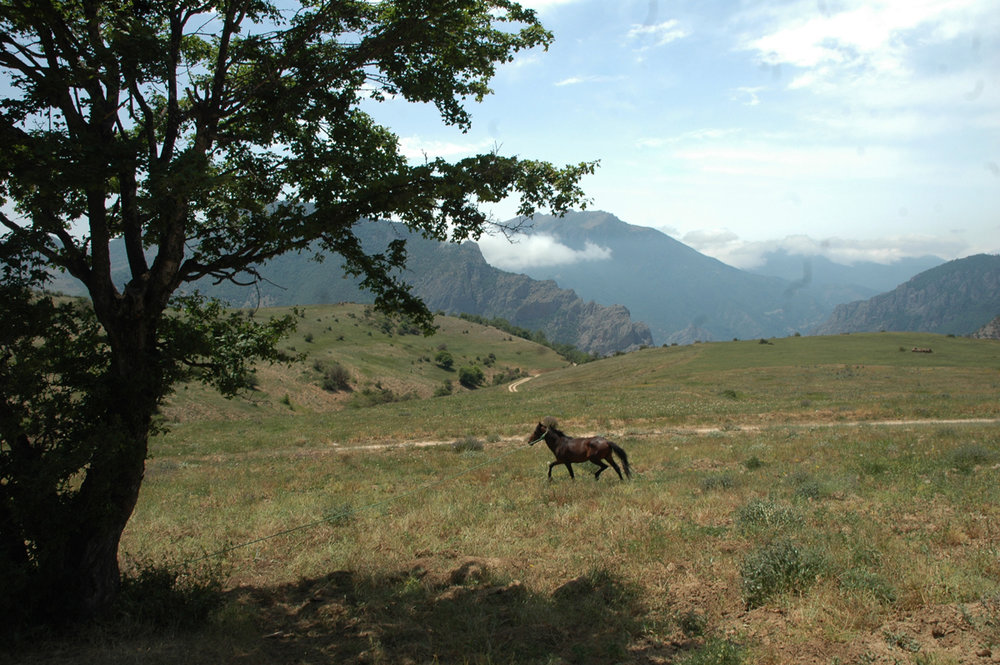‘Downgrading, downsizing protected areas encourage communities to safeguard environment’

TEHRAN — Downgrading and downsizing protected areas would in fact encourage local communities to conserve the environment more effectively, Department of Environment's (DOE) deputy director for hunting and fishing Ali Teymouri has said.
Following a controversial directive from the Supreme Council of Environment on revision of national protected areas, issued on February 21 during a session headed by President Hassan Rouhani, the protected areas can be decreased or in some cases increased in the country.
DOE chief Issa Kalantari has recently said that less than three thousandths of the protected areas, including 24 regions, are decreased and there will be suggestions for increasing the areas as well.
“Putting restrictions on local communities residing protected areas would shape a pessimistic view on the environment,” ISNA quoted Teymouri as saying.
The decisions made by the Supreme Council of Environment hundred percent benefits both the local communities and the environment, he claimed, adding that such restriction would only escalate the conflict between the indigenous people and the environment.
Decreasing the national protected areas in some regions will make people more willing to protect the environment, he restated.
On March 17, Kalantari told the Tehran Times that the laws are not “God’s words” that cannot be altered, it’s been forty years since the laws have been adopted, and now, with regard to the population growth, the law was bound to change.
He went on to say that there are towns located in protected areas and the residents need to know what they should do, the revision of the protected areas won’t cause any problems and is advantageous too. “The environment belongs to the people and we should be concerned with the public welfare and causing difficulties for thousands of people because of the environment is not our strategy.”
Protected area downgrading, downsizing, and degazettement (PADDD) are processes that change the legal status of national parks and other protected areas. "Downgrading" is a decrease in legal restrictions on the number, magnitude, or extent of human activities within a protected area (i.e., legal authorization for increased human use). "Downsizing" refers to a decrease in size of a protected area as a result of excision of land or sea area through a legal boundary change. "Degazettement" is defined as a loss of legal protection for an entire national park or other protected area. Collectively, PADDD represents legal processes that temper regulations, shrink boundaries, or eliminate all legal protections originally associated with establishment of a protected area.
According to World Wildlife Fund website in research investigating PADDD in Africa, Asia, and Latin America and the Caribbean from 1900–2010 identified 543 instances of PADDD across 57 countries, affecting around 500,000 km2 – roughly the size of Spain.
PADDD is a way to restore lands to indigenous communities, or to allocate land more efficiently for conservation. More often though, PADDD is a response to local land pressures and land claims, or the result of industrial scale extraction and production that may have presented a challenge to conservation goals.
MQ/MG
